One of the most versatile and enduring patterns in the world of fashion is plaid. Designers like Alexander McQueen and Vivienne Westwood embrace its dual nature, capturing both the preppy and punk vibes in their creations. But how did this timeless pattern capture our hearts and wardrobes? Let’s delve into the fascinating journey of plaid’s popularity.
A Blast from the Past: Tracing Plaid’s Roots in the 1500s
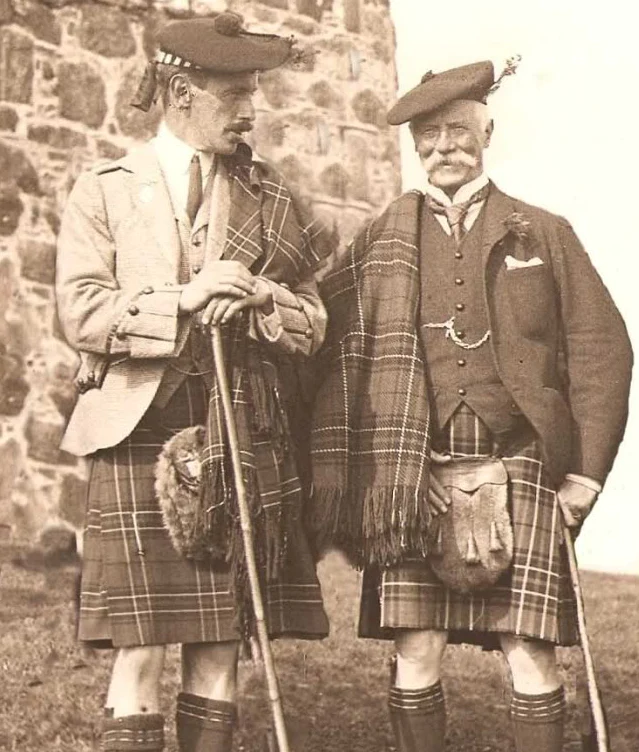
Many often confuse plaid with tartan, but they’re not quite the same. While tartan represents unique fabric designs associated with Scottish clans and regions, “plaid” refers to the Celtic kilts or blankets worn for protection against the Highland elements.
Interestingly, tartan was once banned in Britain for almost 50 years due to its association with the Scottish Rebellion of 1745. It wasn’t until 1782 when plaid made a comeback, becoming fashionable to don plaid gowns at formal events.
Plaid’s Rise to Fame in the 19th and 20th Centuries
Throughout the 19th century, the pattern traveled from Europe to the United States, where it earned the name “plaid.” Woolrich Woolen Mills, a Midwest company, created the Buffalo plaid in the 1850s and soon gained popularity, especially among outdoor workers like lumberjacks.
The iconic plaid shirt took center stage when Pendleton mass-produced it for men in 1924, enjoying immense success as casual wear. The red flannel of Cedar Springs followed suit in 1936, becoming a winter wardrobe staple. Responding to the soaring demand, Pendleton unveiled a women’s version in 1949.
By the 1950s and 60s, plaid became a versatile fashion statement, embraced in both formal and casual attire. Office-goers donned plaid skirt suits while teenagers sported plaid shirts with sneakers.
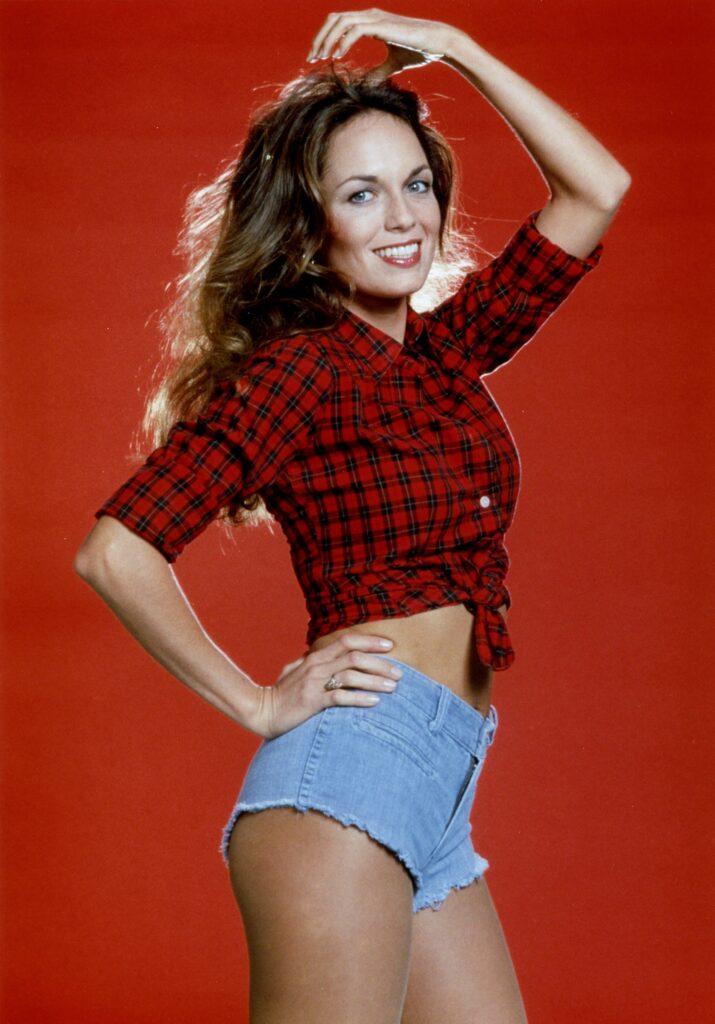
Plaid played a significant role in the 1970s fashion revolution, becoming the favored fabric of youth seeking personal freedom. Celebrities like Catherine Bach, as Daisy Duke in The Dukes of Hazzard, further popularized the seductive allure of plaid.
By the late 70s, plaid made its way to the silver screen in hits like Charlie’s Angels and found a place in rock bands like Nirvana. In addition, plaid extended beyond fashion, decorating tablecloths, bed linens, and furniture upholstery.
The Undying Charm of Plaid Today
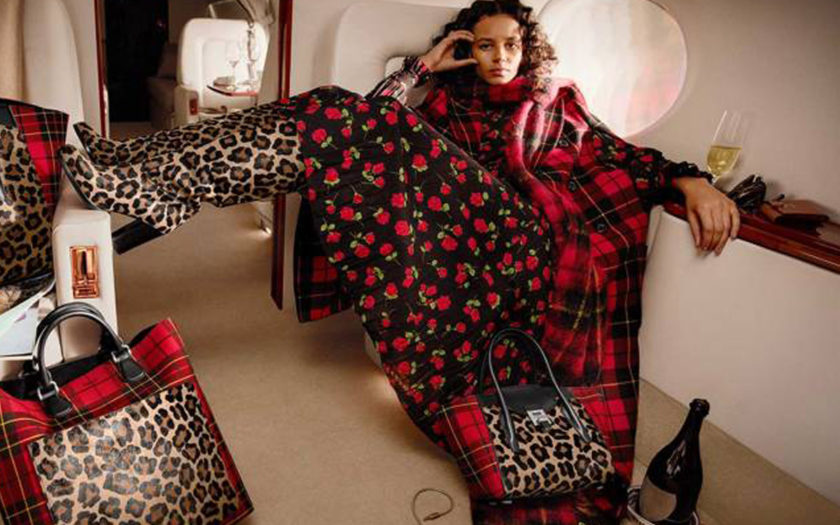
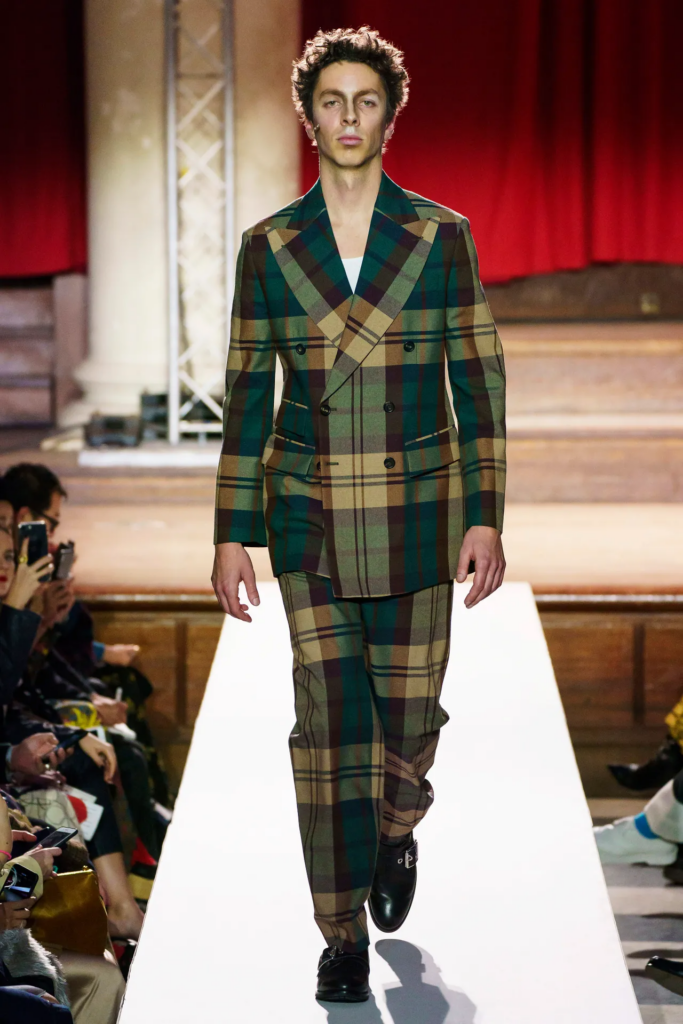
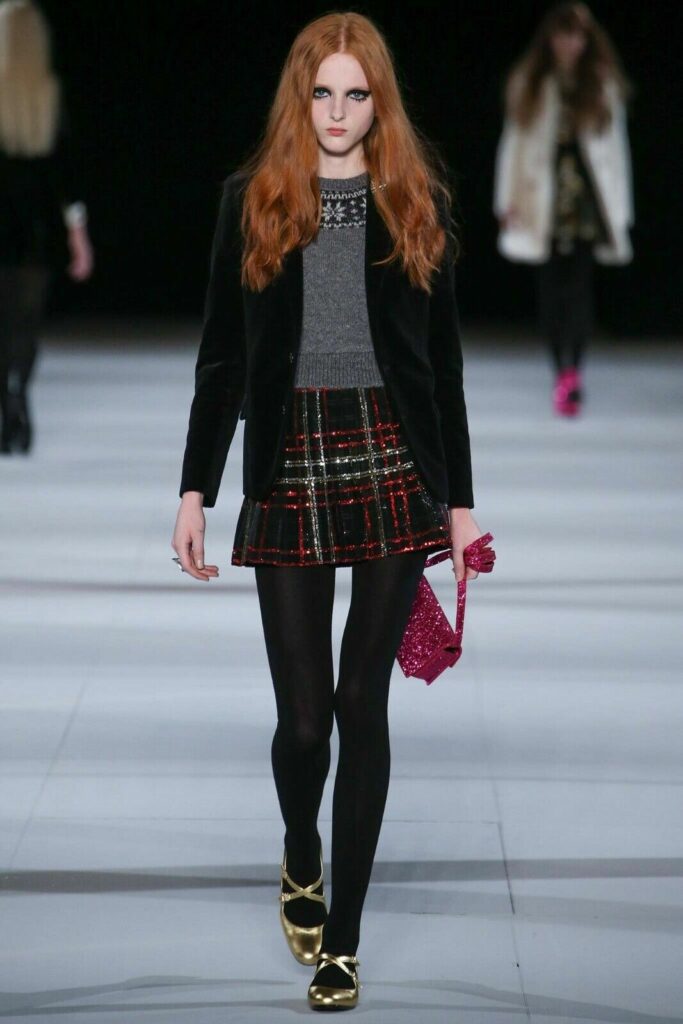
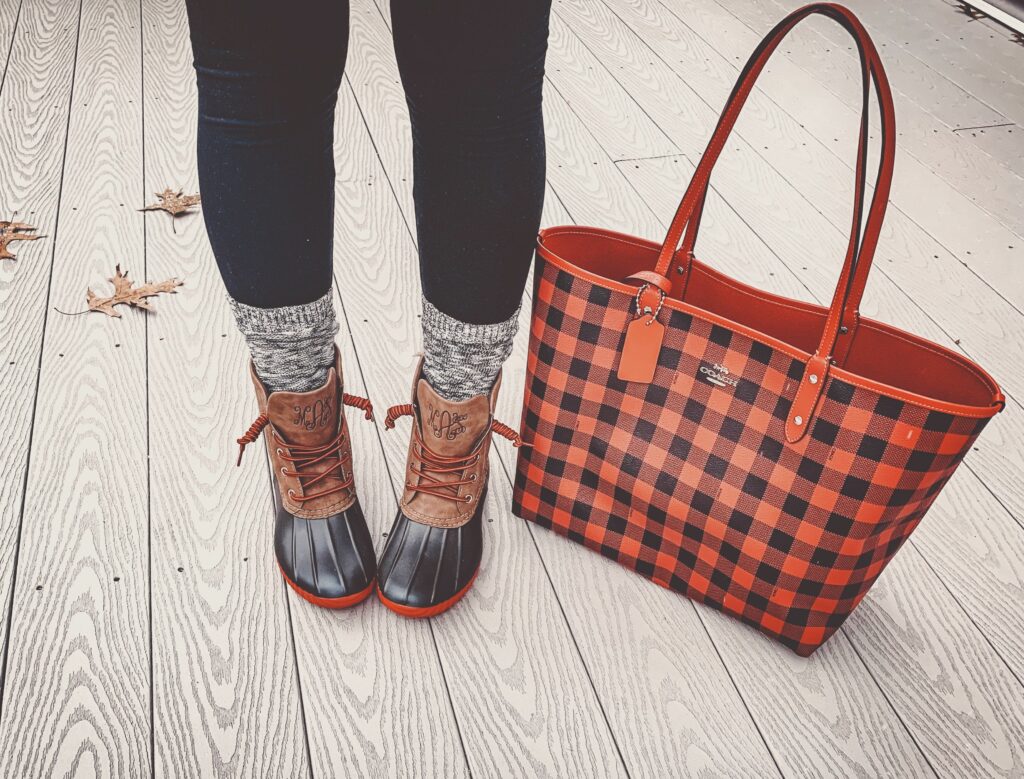
After a brief dip in popularity in the 80s, plaid returned with a vengeance in the 90s, thanks to the cult teen film Clueless, which showcased affluent teens flaunting plaid outfits. Ever since, plaid has been a runway regular, featuring prominently in winter collections. Renowned designers like Michael Kors, Coach, Alexander McQueen, and Vivienne Westwood continue to create stunning works using this beloved pattern.
Today, plaid represents a rebellious undercurrent. While J. Crew models sport plaid shirts with pearls and red lips, couture designers explore edgier, grungier looks. Plaid’s association with hipsters, referencing both the 90s and lumberjacks, further cements its iconoclastic image.
Whether paired with crisp khakis or laid-back overalls, plaid never loses its hint of irreverence. Undoubtedly, this fashion force will continue to captivate hearts and wardrobes for years to come.
